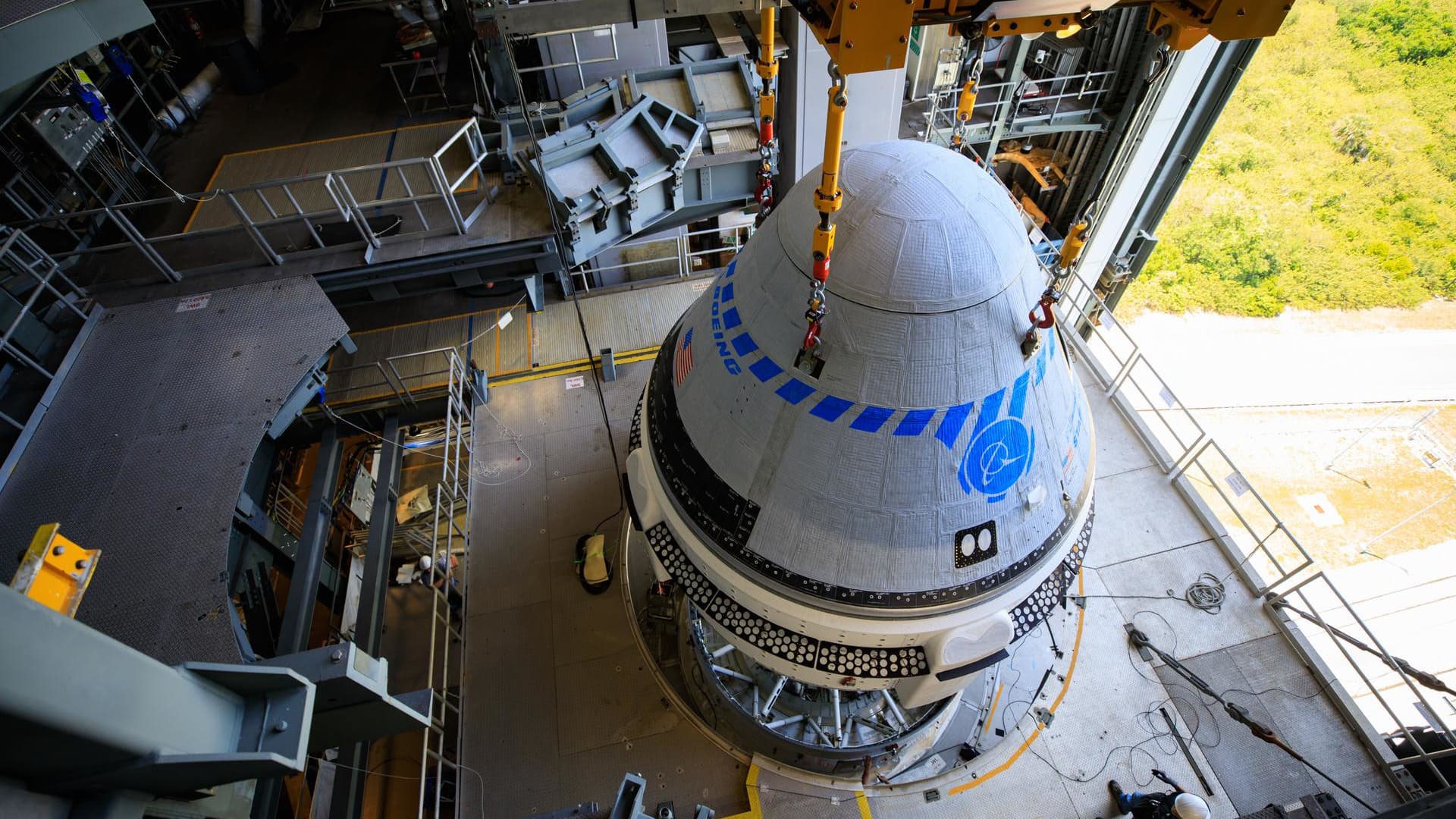Boeing is examining whether to redesign the propulsion valves on its Starliner crew capsule, a crucial system that has kept the company from flying astronauts for NASA — and competing with Elon Musk’s SpaceX.
Starliner is the spacecraft that Boeing has been developing under NASA’s Commercial Crew program, having won nearly $5 billion in contracts to build the capsule. But Starliner’s development has run into several obstacles. A software malfunction cut short the first uncrewed orbital flight in 2019, and a propulsion valve problem was identified before launching the second attempt last August.
“A valve redesign is definitely on the table,” Mark Nappi, Boeing’s vice president and Commercial Crew program manager, said during a news conference Wednesday. “Once we get all the information that we need, we’ll make that decision.”
Boeing is making another attempt at launching the Orbital Flight Test 2 (OFT-2) mission, which is set to lift off May 19 from Florida. For this attempt, the company applied a sealant to the valves. But the fix is likely a temporary solution to the issue, which in August saw 13 of the 24 oxidizer valves that control Starliner’s movement in space get stuck after launch site humidity caused corrosion.
Depending on the outcome of OFT-2, Boeing would then prepare for a crewed flight test that would see the first astronauts fly on Starliner. A valve redesign may further delay that crewed launch, however, given the need for Boeing to test the fix and for NASA to certify the solution.
To date, Boeing has spent $595 million as a result of the delays in working under a fixed-price contract with NASA for Starliner’s development. The space agency last year took the rare move of reassigning astronauts from Starliner to SpaceX’s Crew Dragon, which just launched the company’s seventh human spaceflight.
Reuters first reported, citing sources, that Boeing will redesign the Aerojet Rocketdyne-made propulsion valves, although neither the plane-maker nor NASA had previously revealed the plans. Nappi confirmed that Boeing has “been looking at options for at least a month, if not more.”
For now, Nappi said Boeing wants “to do a little more testing” to further understand how “these nitrates form inside” the valves, with those results guiding a team that’s been established.
“We’re very confident for OFT-2 that we have a system that is going to operate properly,” Nappi said.
